First time I stumbled upon a succulent garden; it was like discovering a hidden treasure. The vibrant colors, unique shapes, and low-maintenance nature of these plants drew me in. If you’re looking to transform your outdoor space into a oasis without spending all your weekends on up, then creating a succulent garden is the perfect project for you
In this step-by-step guide, I’ll share my personal journey of designing my own succulent garden, from choosing the right plants to arranging them in ways that bring out their beauty. Let’s start the journey and create the slice of paradise.
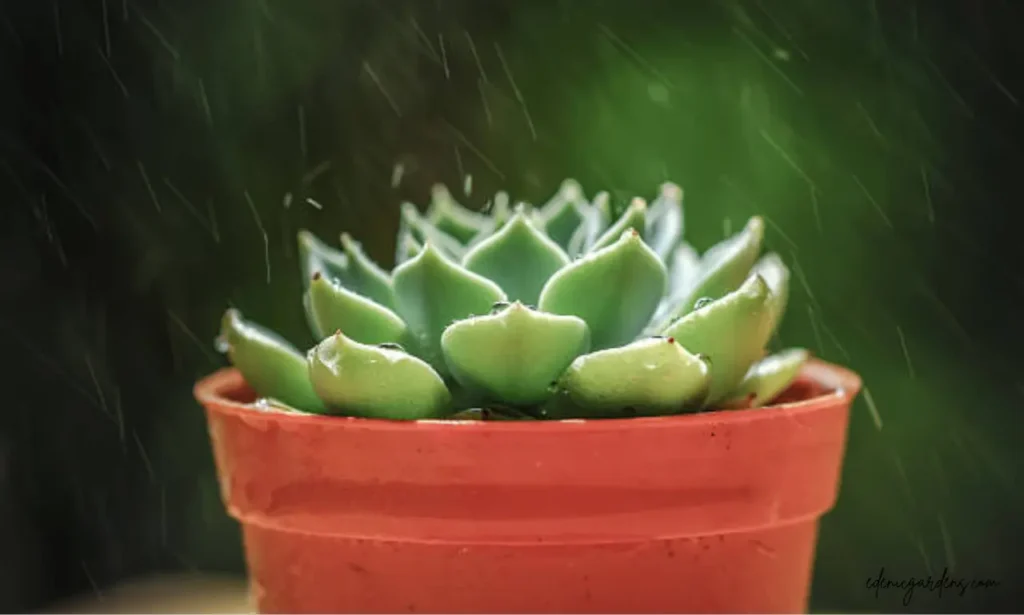
What is a succulent garden?
A succulent garden is a vibrant collection of plants that store water in their leaves, stems, or roots, making them perfect for easy care. These unique plants come in various shapes, colors, and sizes. They can be arranged in pots for added charm and beauty.
Adaptability makes a succulent garden truly special. You have a sunny balcony or a small indoor nook, these resilient plants thrive in various environments with low maintenance.
What hardiness zones can you plant succulent gardens in?
Knowing about the hardiness zone is essentia where you plant the succulent gardens. In warm and sunny regions like California, Arizona, Texas, and Florida, gardeners are in luck.These zones typically support a wide variety of hardy succulents that thrive in bright sunlight and minimal water.
Hens and chicks (Sempervivum) are popular choices that flourish well in these climates. They create beautiful rosettes and tolerate heat while adding texture to your garden.
These states can vary significantly based on elevation and specific local conditions. You might experiment with exotic varieties such as agaves or desert roses alongside traditional favorites like hens and chicks.
If you’re planting in Texas or northern Florida during winter months, pay attention to possible frost damage, Containers may allow easier protection from chillier nights.
Front Yard succulent garden ideas
If you want to add the succulents in your front yard, Here are some best ideas.
1. Rock Garden
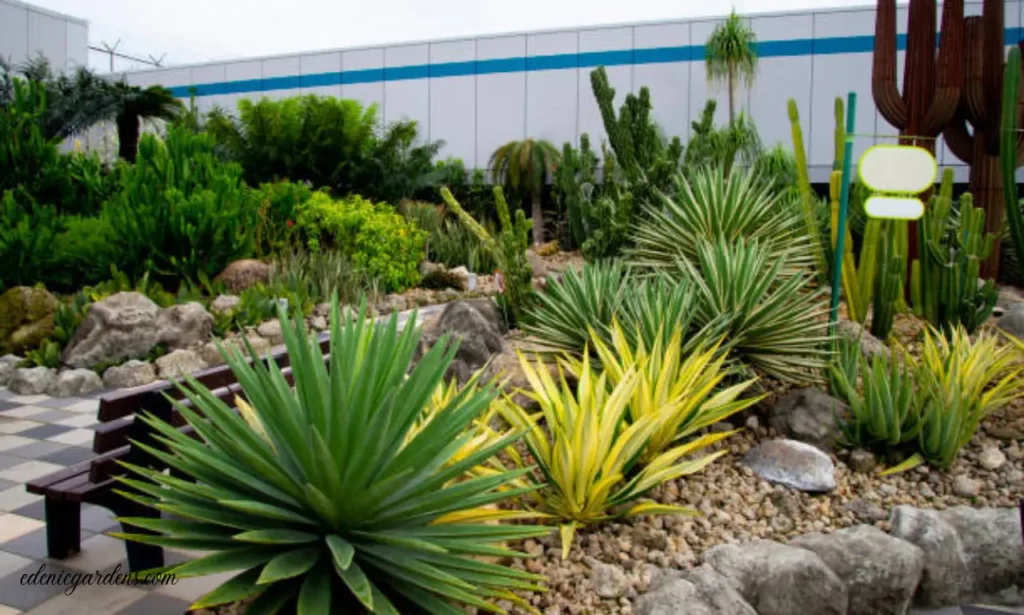
Rocks and plants come together and create a natural masterpiece. A rock garden, with its unique textures and colors, invites visitors to slow down and appreciate the beauty and its simplicity. Each stone tells a story, weathered by time yet standing strong. This balance can transform the smallest backyard into a peaceful place.
2. Border Planting
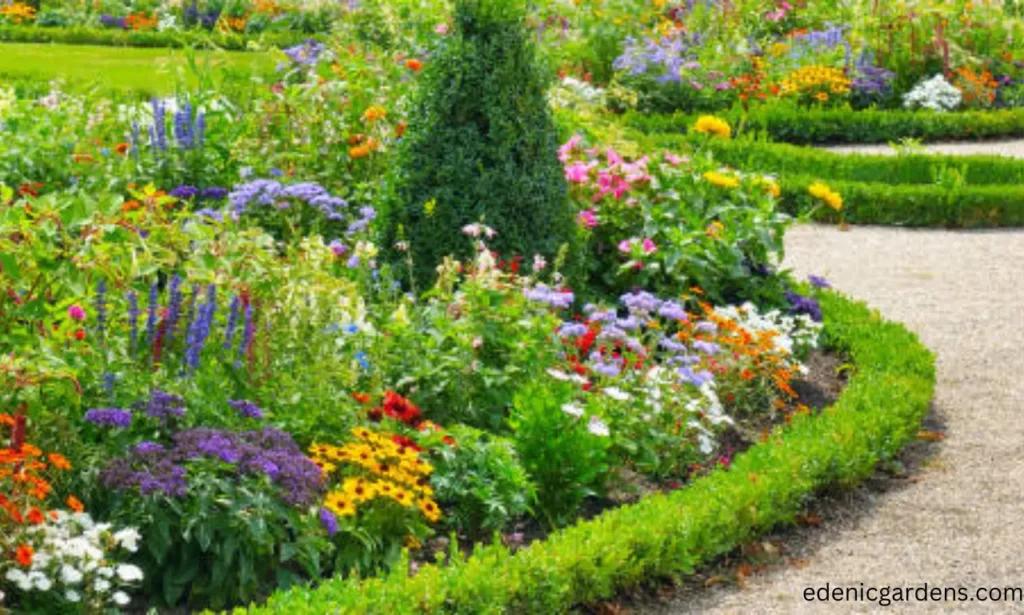
Border planting is a fantastic way to add depth and character to your garden. By carefully placing plants around the edges, you can create a vibrant frame that draws the eye inward, making your outdoor space feel more inviting.
One refreshing idea is to mix different plants with different textures in your borders.
- Taller plants can serve as a backdrop,
- Shorter ones fill in the foreground with bursts of color.
Using perennial flowers that bloom at various times through the seasons, ensuring your garden remains alive with interest year-round.
3. Succulent Tapestry
Succulent tapestry is a delightful way to turning simple plants into stunning works of art. Each plant contributes its unique shape and texture, creating a living masterpiece that changes with the seasons. This approach not only beautifies your home but also showcases the amazing diversity within the succulent family.
Its a rewarding project if you create your own succulent tapestry that adds a character to any outdoor space. Choosing different types of succulents that thrive in similar conditions, ensuring they will flourish together. Consider how you might arrange them
- larger varieties at the bottom
- smaller ones on top adds a visual interest.
4.Container garden

Container gardening opens a possibilities for both seasoned gardeners and beginners. It transforms the smallest spaces into vibrant green space. One of the most delightful aspects is how it allows you to mix different plants, creating an eye-catching display that reflects your unique style.
Versatility is truly inspiring about container gardening. You can experiment with various sizes and shapes of containers Moreover, these gardens require less maintenance and they’re easier to manage from concerning pests and soil quality.
5. Focal Point
Picking the center for your plant garden may transform it into a beautiful work of art. This anchor not only adds size and interest, but it also improves the design as a whole by leading people’s eyes through the arrangement.
To make unity, think about using colors and textures that are different from your main point. Place colorful succulents like sedums and agaves with plants that are softer greens and blues. Put smaller plants in front of your main piece to frame it and give the yard depth that makes you want to explore it. You can turn even a small area into a pink haven by placing things with care.
6. Indoors
Choosing the right pot is essential for indoor succulents. Look for containers with drainage holes to prevent the root rot. Pairing your succulent in a well-draining soil mix will ensure it thrives in its new indoor setting.To keep your plants happy, place them where they can enjoy. A sunny windowsill often works best, but direct sunlight scorch their leaves.
7. Vertical gardens
Vertical gardens transform ordinary walls into lush and green walls. Dull office space transformed into a vibrant oasis, filled with colorful plants that purify the air. These living walls not only save space but also enhance environments and reduce noise.
Maintaining a vertical garden can be simple! With options like self-watering systems or pocket planters, even beginners can enjoy gardening without the hassle.
What types of plants are popular in succulent gardens?
There are many plants that are famous for succulent gardening. I wrote a post named “Top 5 Best Succulent” that goes into more detail about this. So, here are a few well-known examples:
1. Aloe Vera
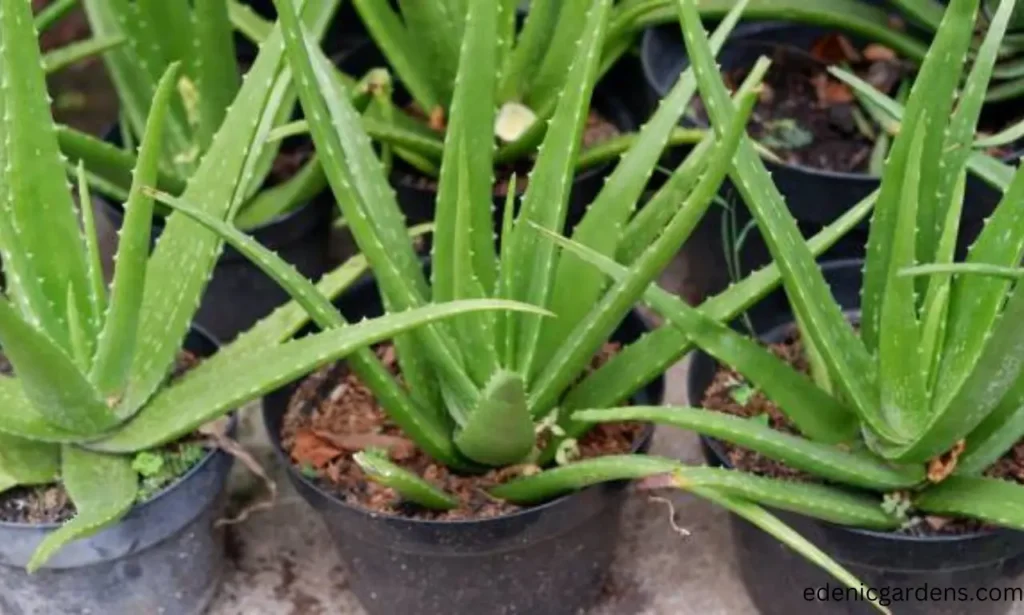
Aloe vera is good for your skin and health like a comic book hero. This green plant is full of minerals and vitamins that keep your skin healthy and beautiful. Aloe vera juice is becoming more popular as a relaxing drink that helps digestion and boosts the immune system. Aloe vera doesn’t need much care to grow outside; just give it some air and water every once in a while.
2. The Echeveria
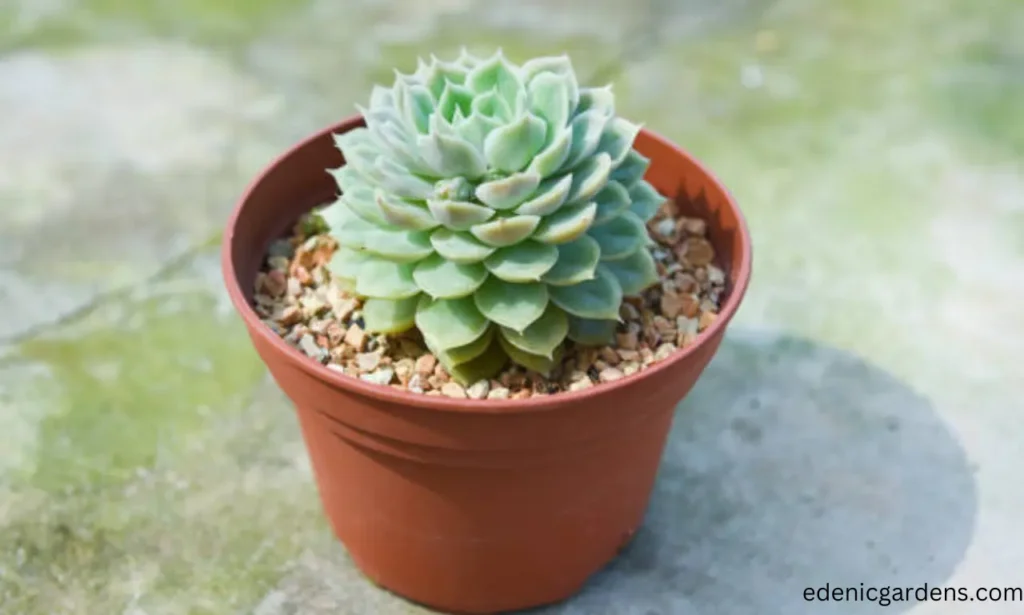
Echeverias are beautiful plants that grow outside and add color with a unique feel . Because of their style and range of colors, they can make any room brighter with little care. These beautiful succulents do best in sunny spots, but they can also survive in some shade, which makes them useful for any outdoor plant.
3. Sedum (Sedum spp.):
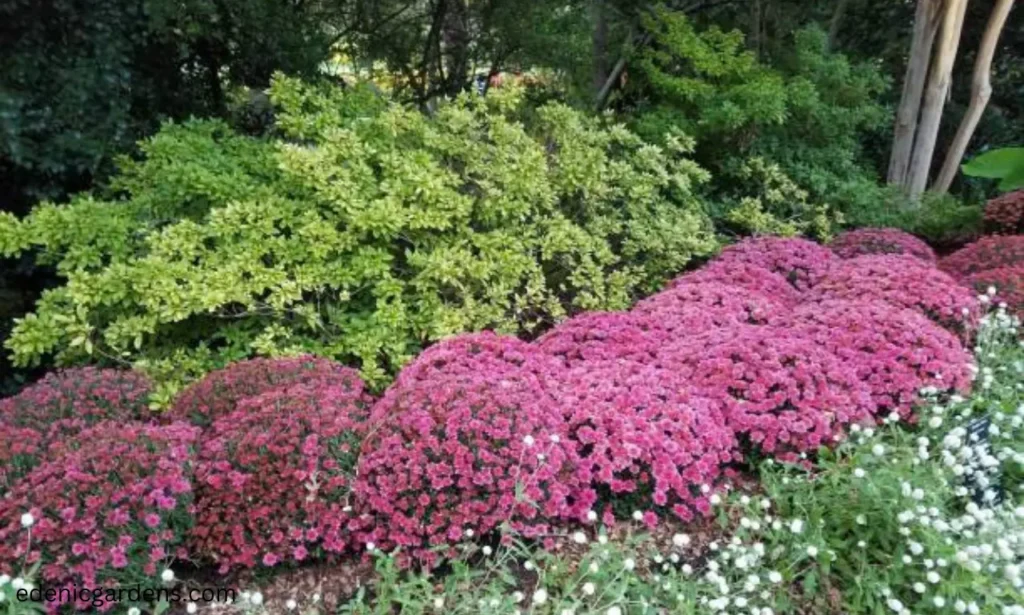
Sedum grows best outside in open places, which makes it a great plant for gardening. It adds color with little work thanks to its thick leaves and bright flowers. Because they can handle drought, these tough plants are great for busy farmers who want beauty without a lot of work.
What are some benefits to succulent gardens?
Succulent gardens have several benefits. Including:
Low maintenance:
Outdoor succulents are the ultimate plants for those seeking beauty without the hassle. These resilient beauties thrive in various climates, requiring minimal water and care, making them ideal for busy lifestyles gardeners.
Water conservation:
Water conservation is crucial, when caring for outdoor succulents. These hardy plants thrive with minimal water, making them perfect for those looking to save on their water bill while adding beauty to their gardens.
Indoor and outdoor use:
Outdoor succulents add a vibrant touch in the garden, thriving in sunlight and require minimal care. Their shapes and colors can transform any outdoor space into a beautiful desert oasis.
Indoor use of succulents brings nature’s charm right into your home. Placed on windowsills or shelves, they not only purify the air but also brighten up the room with their unique textures.
Air purification:
Air purification is not a high-tech solution, it can also be found in nature. One of the easiest ways to improve your indoor air quality is by adding outdoor succulents like Aloe Vera or Jade plants. These hardy plants not only brighten your space but also act as natural air filters.
Things to think about when starting a succulent garden outdoors?
There are a few things to consider if you want to create an outdoor succulent garden.
Choosing the Right Location
When starting an outdoor succulent garden, choosing the perfect spot is crucial. Find a location that offers at least six hours of direct light each day. Mindful about extremely hot climates where afternoon shade can protect your plants from scorching. It’s essential to consider the drainage of succulents. Look for a place with well-draining soil to keep their roots dry and happy.
Soil and Preparation
The right soil plays a crucial role in the success of your outdoor succulent garden. Regular garden soil retains too much moisture, leading to root rot. Before planting, your soil with perlite or pumice to enhance its drainage properties further, ensuring your plants get just enough moisture without becoming waterlogged.
Watering Wisely
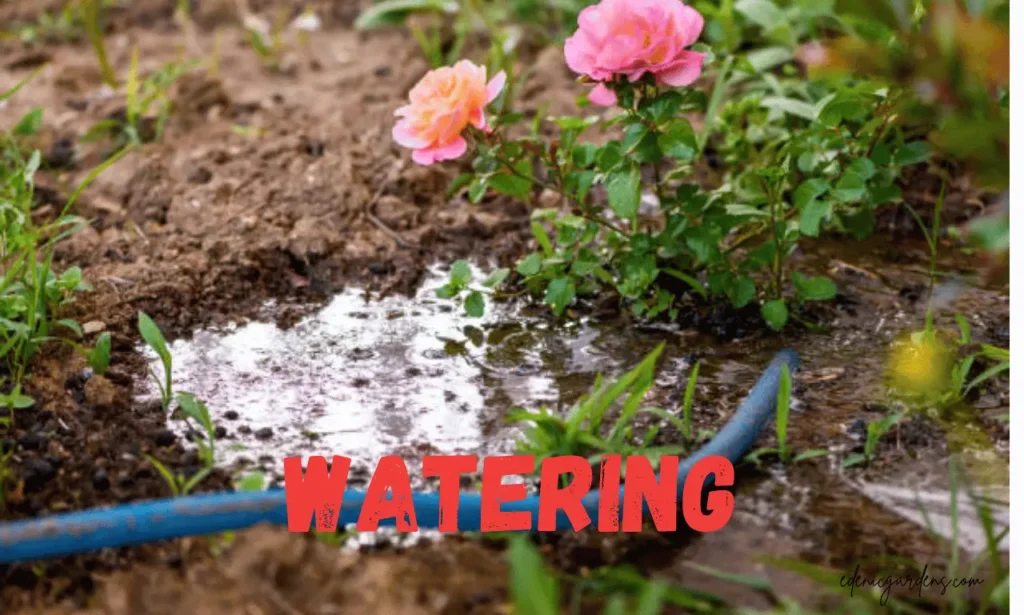
One common mistake many beginners make is overwatering their succulents. These hardy plants store water in their leaves and stems.. During warm months, allow the top inch of soil to dry out completely then watered the succulent. During cooler seasons, you may only need to water once every few weeks.
Conclusion
In my experience, creating a succulent garden outdoors has been an amazing journey. With the right planning and selection of varieties make your garden beautiful and amazing. This process enhances the outdoor space and also provides a peaceful environment and they connect with nature. Design choices embrace the creativity and personality of your garden. So why wait? Start your own succulent garden today and watch it thrive!
FAQ’S
1: What is the best time of year to plant succulents outdoors?
Answer:The best time to plant succulents outdoors is in late spring or early summer when temperatures are warm, and there’s minimal risk of frost.
2: How much sunlight do succulents need?
Answer: Succulents thrive in bright, indirect sunlight for about 6 hours a day.
3: What type of soil should I use for my succulent garden?
Answer: Use well-draining soil specifically formulated for cacti and succulents. You can also mix regular potting soil with sand for better drainage.

